PPT-Know Your Data: A Structured Approach to Migration Preparat
Author : mitsue-stanley | Published Date : 2017-09-20
Richard SaponWhite Oregon State University May 8 2015 ELUNA 2015 About Data Structure and Maintenance Two Examples Lessons To Be Learned Sharing information 2 Overview
Presentation Embed Code
Download Presentation
Download Presentation The PPT/PDF document "Know Your Data: A Structured Approach to..." is the property of its rightful owner. Permission is granted to download and print the materials on this website for personal, non-commercial use only, and to display it on your personal computer provided you do not modify the materials and that you retain all copyright notices contained in the materials. By downloading content from our website, you accept the terms of this agreement.
Know Your Data: A Structured Approach to Migration Preparat: Transcript
Download Rules Of Document
"Know Your Data: A Structured Approach to Migration Preparat"The content belongs to its owner. You may download and print it for personal use, without modification, and keep all copyright notices. By downloading, you agree to these terms.
Related Documents

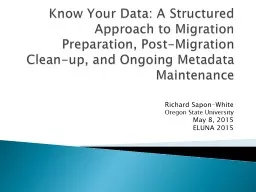

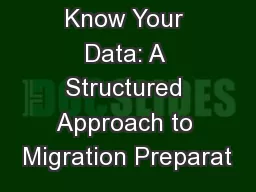
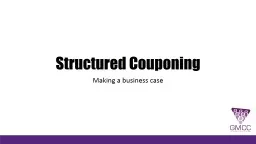
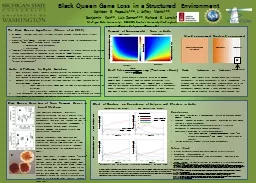
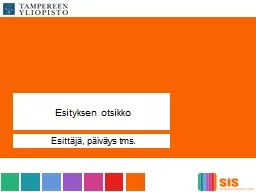
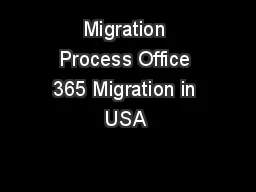
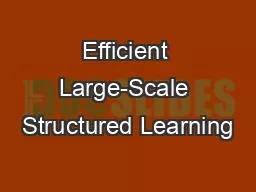

![[eBOOK]-Computer Science: A Structured Approach Using C++, Second Edition: A Structured](https://thumbs.docslides.com/979576/ebook-computer-science-a-structured-approach-using-c-second-edition-a-structured-approach-using-c-2nd.jpg)


